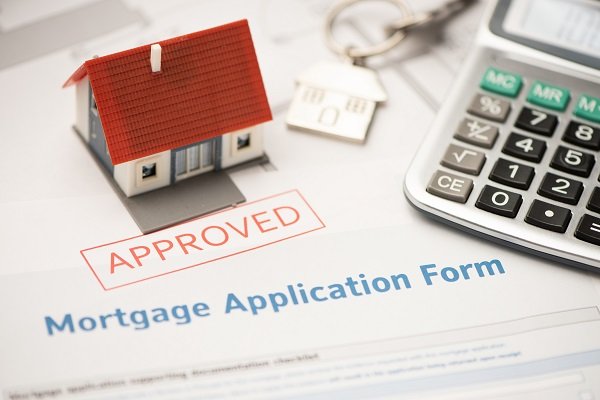Understanding Mortgages: A Comprehensive Guide to Loan Types and Rates
Mortgages are pivotal in real estate transactions, enabling individuals to purchase homes by spreading payments over an extended period. Here’s a detailed guide to understanding the various types of mortgages and how interest rates impact them:
Fixed-Rate Mortgages
A fixed-rate mortgage offers a stable interest rate throughout the loan term. Monthly payments remain consistent, providing predictability and ease in budgeting. This type of mortgage is suitable for those seeking long-term stability.
Adjustable-Rate Mortgages (ARMs)
ARMs feature an initial fixed-rate period followed by adjustments based on prevailing interest rates. These fluctuations can lead to changes in monthly payments, making ARMs suitable for buyers expecting short-term residency or anticipating rate decreases.
Government-Backed Mortgages
Government-backed loans, including FHA (Federal Housing Administration) and VA (Veterans Affairs) loans, offer favorable terms for eligible individuals. They often have lower down payment requirements and serve specific demographics, such as first-time buyers or veterans.
Jumbo Loans
Jumbo loans exceed the conforming loan limits set by government-sponsored enterprises. They cater to high-value properties and typically require higher down payments and stricter approval criteria due to their larger loan amounts.
Conventional Mortgages
Conventional loans are not backed by government entities and follow guidelines set by private lenders or institutions. They usually require higher credit scores and down payments compared to government-backed options.
Factors Affecting Mortgage Rates
Several factors influence mortgage rates, including economic indicators like inflation rates, unemployment, Federal Reserve policies, and market demand. Credit scores, loan amount, and down payment also impact the interest rate offered.
Understanding Annual Percentage Rate (APR)
The APR represents the total cost of borrowing, including interest rates and additional fees charged by lenders. It’s a crucial metric for comparing loan offers from different lenders, helping borrowers assess the overall cost of the loan.
Mortgage Points and Fees
Mortgage points allow borrowers to lower their interest rates by paying additional fees upfront. Each point represents 1% of the loan amount and can be advantageous for long-term homeowners seeking reduced interest costs.
Preapproval and Loan Process
Getting preapproved for a mortgage involves a lender assessing your financial situation and determining the loan amount you qualify for. The loan process includes submitting financial documents, appraisal, underwriting, and closing procedures.
Refinancing and Loan Modification
Refinancing involves replacing an existing mortgage with a new one to obtain better terms, such as a lower interest rate or different loan duration. Loan modification adjusts the terms of an existing loan to make payments more manageable for borrowers facing financial difficulties.
Conclusion
Mortgages play a pivotal role in homeownership, offering diverse options to accommodate various financial situations and preferences. Understanding the types of loans, interest rate dynamics, and associated costs empowers borrowers to make informed decisions when navigating the complex world of real estate financing.










